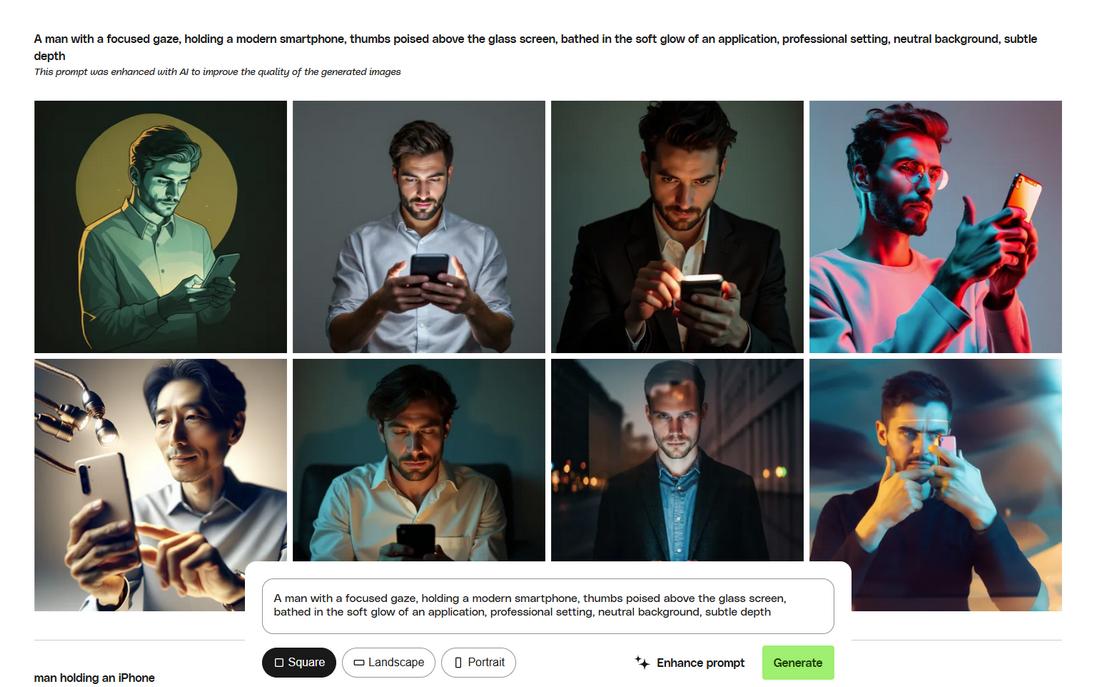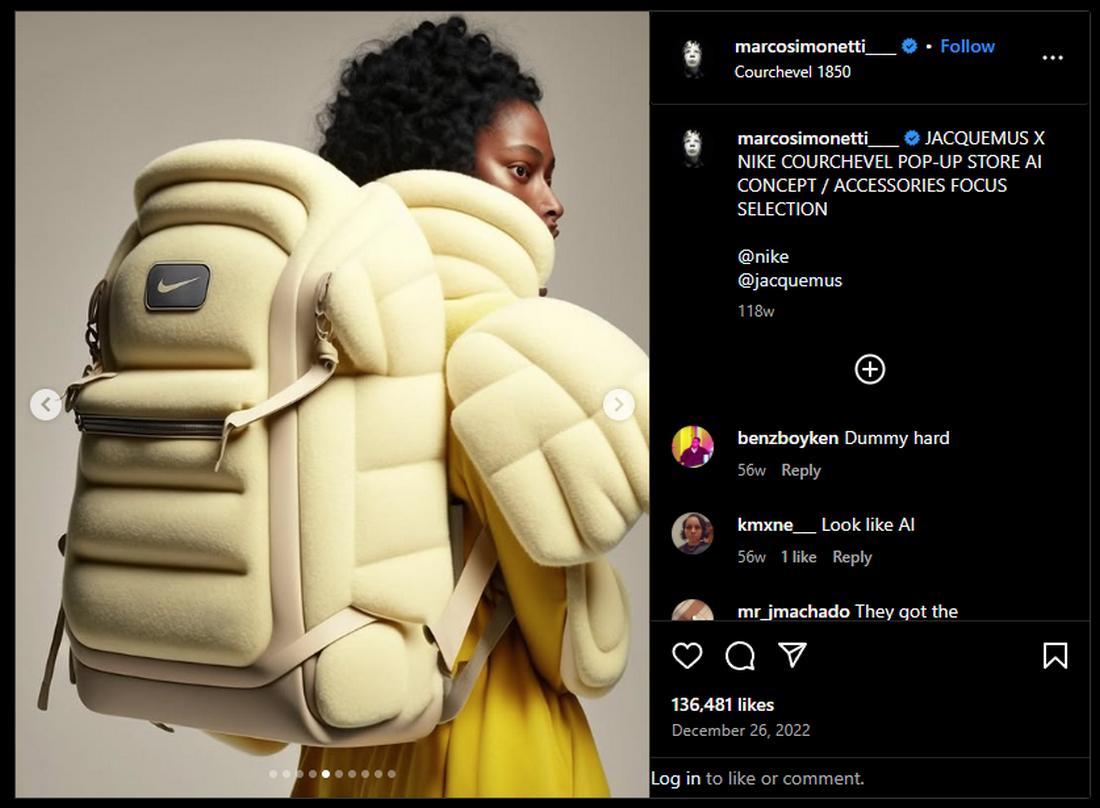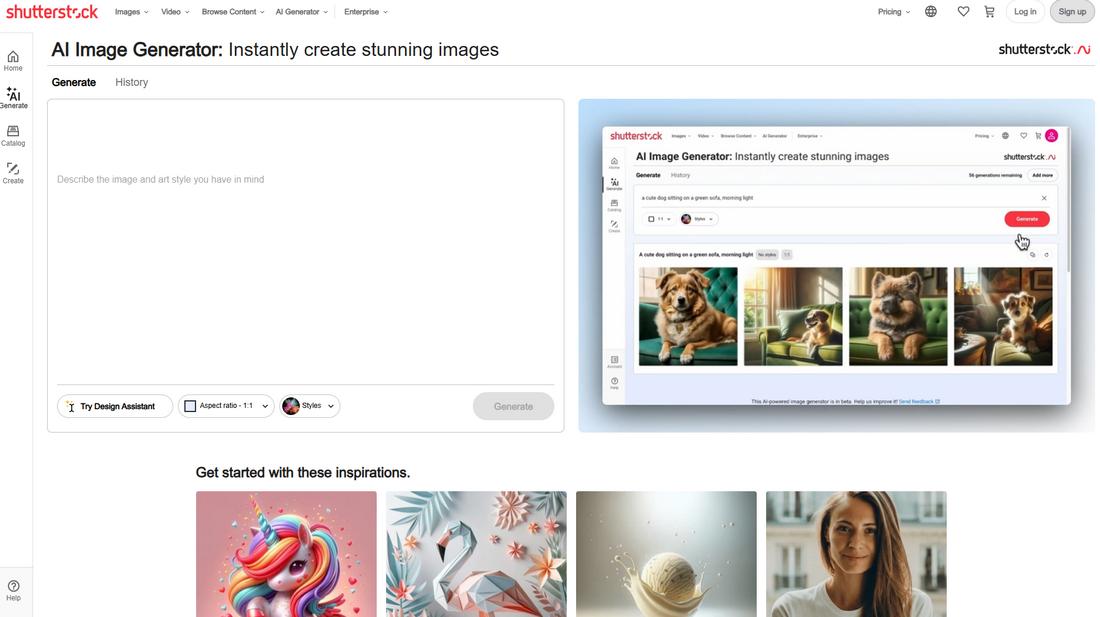Traditionally, stock graphics are created by artists, photographers, and illustrators. But now, there’s a new player in the mix—artificial intelligence.
AI-generated stock graphics are starting to flood design libraries and marketplaces, promising endless variety and faster production at a fraction of the cost.
According to a survey by Pincel, 58% of the respondents claimed to have used AI tools for photo editing and says it “saves them precious time”.
But are these AI-generated visuals the next big thing, or just a passing trend? And more importantly, are they actually good enough to replace traditional stock imagery?
In this article, we’ll take a closer look at how AI is reshaping the stock graphics space, what the benefits and limitations are, and whether this shift is here to stay.
What Are AI-Generated Stock Graphics?
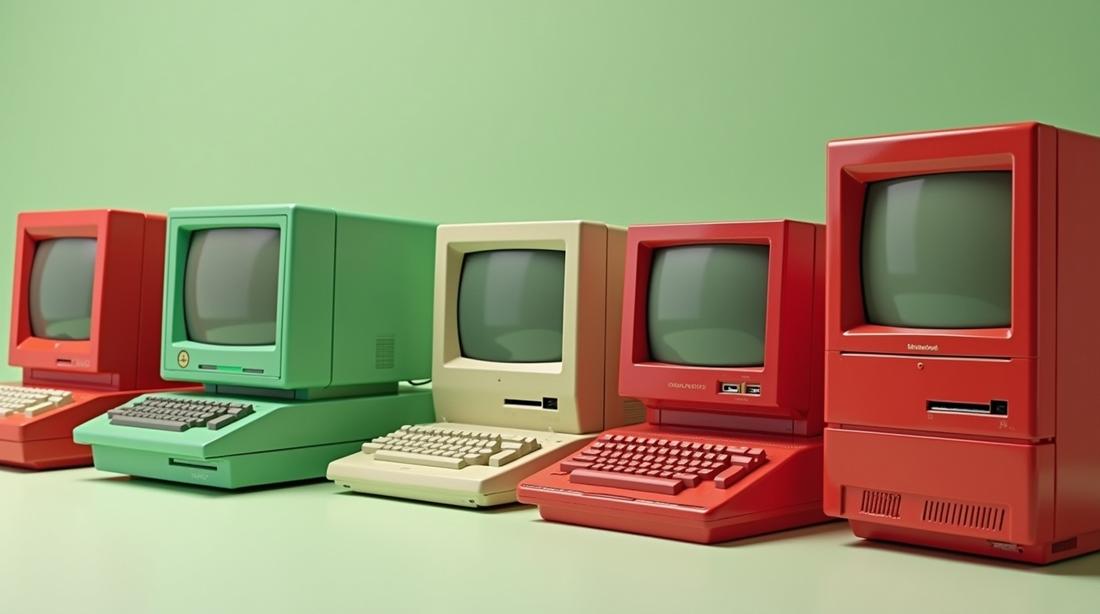
AI-generated stock graphics are visuals created using artificial intelligence tools that generate images from text prompts or other data.
“More than 15 billion images created using text-to-image algorithms since 2022 to 2023.” – Everypixel
These tools, like DALL·E, MidJourney, and Stable Diffusion, use machine learning models trained on massive datasets of visual content to produce unique images on demand.
Instead of searching through a library of pre-made graphics, users can type in what they’re looking for—like “a futuristic city skyline at dusk in a watercolor style”—and receive custom-generated images in seconds.
This kind of flexibility opens up a whole new way to think about stock visuals.
Why AI-Generated Graphics Are Gaining Attention
As demand for content grows, especially in digital marketing and social media, the ability to produce visuals at scale has become more important than ever.
AI fills that gap in a way that traditional methods simply can’t keep up with.
Speed and Volume
One of the biggest reasons AI-generated graphics are gaining popularity is speed. What used to take hours—or even days—can now be done in seconds.
AI tools can instantly create multiple image variations, allowing designers and marketers to test and explore ideas without committing time or resources to full production.
For high-volume workflows, like running weekly ad campaigns or posting daily on social media, this is a game changer.
Unlimited Customization
Unlike traditional stock libraries, which are limited to what’s already available, AI allows users to create visuals tailored to exact needs.
You can generate an image that reflects a hyper-specific idea, mood, or scene, all through a simple text prompt.
This opens up opportunities for more personalized visuals, niche content, or one-of-a-kind illustrations that would be nearly impossible to find or commission traditionally.
Lower Costs and Fewer Barriers
AI-generated visuals also remove many of the financial and technical barriers to design.
Small businesses and solo creators who may not have the budget for custom photography or illustration can now create on-brand visuals without hiring a designer.
Many AI tools are free or low-cost, offering a more accessible alternative to paid stock subscriptions or custom creative work.
Creative Experimentation and Idea Generation
For many designers, AI isn’t just about output—it’s also about inspiration.
Tools that generate visuals based on prompts allow creatives to brainstorm visually, uncover new directions, or build moodboards with ease.
This has made AI a popular part of early-stage design thinking, where speed and ideation matter more than perfection.
Integration With Design Tools
The growing adoption of AI in mainstream design tools has also boosted visibility.
Platforms like Canva, Adobe Firefly, and Microsoft Designer are integrating AI into their workflows, making it easier for users to generate, edit, and repurpose images all in one place.
This seamless access encourages more users to try AI features and incorporate them into their regular processes.
Where AI Graphics Are Already Being Used
AI-generated images are popping up across a wide range of applications. They’re being used in blog posts, social media graphics, book covers, advertising mockups, and even packaging design.
Some stock websites have even begun to integrate AI generation directly into their platforms, allowing users to generate images on the fly.
They’re also gaining traction in industries that require large volumes of content.
For example, digital marketers who need dozens of social media visuals each week are starting to use AI as a fast way to keep up with demand without sacrificing visual variety.
The Drawbacks of AI-Generated Stock Art
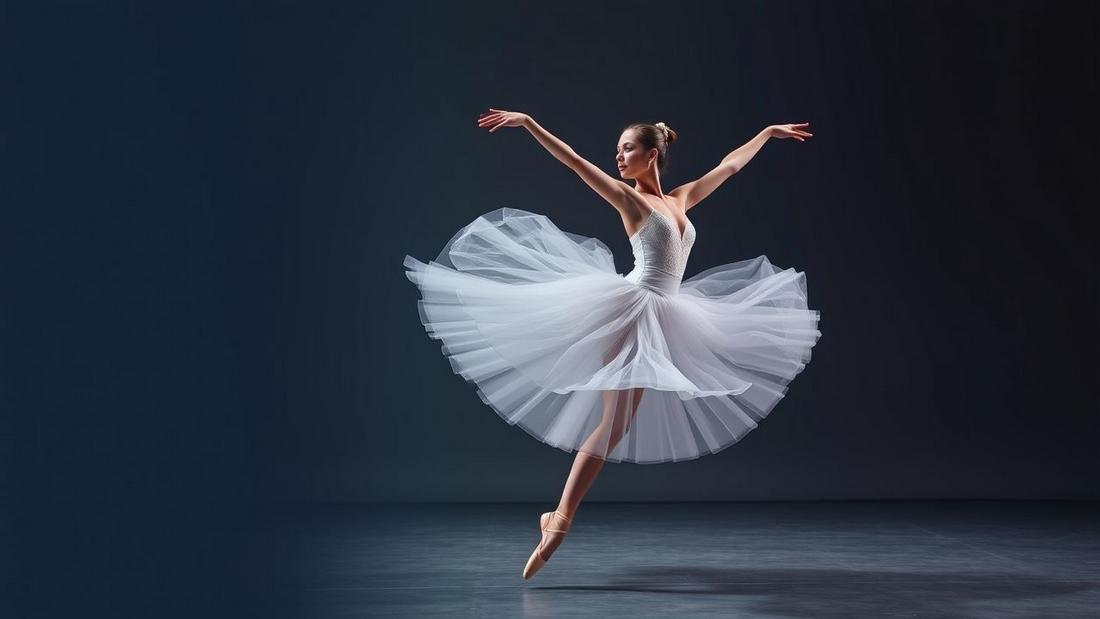
Despite their appeal, AI-generated graphics come with a few challenges that are worth considering.
Quality and Consistency
AI images can be impressive—but also unpredictable.
Hands with six fingers, distorted faces, or strange lighting effects still show up in many results.
While the technology is improving fast, it’s not yet a replacement for the polished, consistent quality you get from professional designers or photographers.
Style Limitations
AI can mimic styles like watercolor, oil painting, or flat illustration, but it doesn’t always get the details right.
If you’re aiming for brand consistency or working within specific visual guidelines, AI images may not offer the same level of control as custom or curated stock art.
Legal and Ethical Questions
One of the biggest concerns is licensing. Some AI-generated images are created using models trained on copyrighted material without clear usage rights.
This has raised ethical and legal questions about who really owns the content and whether it’s safe for commercial use.
Are They Replacing Traditional Stock Libraries?
Not yet—but they’re changing the landscape. Instead of replacing traditional stock altogether, AI-generated graphics are becoming an additional option in the creative toolbox.
Many designers are using them for early-stage concepts, mood boards, or filler visuals that later get replaced with refined work.
Stock platforms are also adapting. Some now label AI-generated content separately, while others integrate AI tools into their search systems.
In time, we might see more hybrid models where AI works alongside human designers to produce high-quality visuals faster and more affordably.
7 Tips for Using AI-Generated Stock Graphics
AI-generated visuals can be a creative shortcut, but getting the best results—and using them responsibly—requires a little planning.
Here are some helpful tips to make the most of AI stock graphics in your design workflow.
1. Use AI for Early Concepts and Mockups
AI graphics are great for brainstorming, wireframes, or pitch decks. They let you explore ideas quickly and visualize layouts before committing to final designs.
Once the concept is clear, you can replace AI visuals with polished stock or custom artwork if needed.
2. Always Double-Check Quality
AI images can be unpredictable. Before using them in final designs, zoom in and scan for odd details—like extra fingers, distorted objects, or strange lighting.
A quick review helps ensure your visuals look clean and professional.
3. Avoid Sensitive or Literal Topics
If your project involves health, safety, or legal messaging, it’s best to avoid AI-generated imagery.
These tools sometimes create visuals that are visually convincing but factually inaccurate, which can lead to confusion or liability issues.
4. Be Aware of Licensing and Usage Rights
Not all AI-generated graphics come with clear licensing.
Make sure the tool or platform you’re using allows commercial use, especially if you’re creating client work, advertising, or anything for public distribution.
5. Edit and Refine in Design Software
Treat AI images as a starting point, not the finished product.
Bring them into tools like Photoshop, Illustrator, or Canva to adjust colors, fix flaws, add branding, or combine them with other design elements for a more refined result.
6. Stay Consistent With Your Brand Style
AI visuals can vary widely in tone and aesthetic.
If you’re using them in branded content, try to stick with prompts that align with your existing color palette, typography, and visual style to keep your content looking cohesive.
7. Use AI to Fill Gaps, Not Replace Creativity
AI is best used to speed up your workflow—not replace your creative thinking.
Use it to generate ideas, explore variations, or handle repetitive tasks, but let your design sense guide the final decisions.
In Conclusion
While they may not fully replace traditional stock imagery just yet, AI-generated graphics offer new creative possibilities and efficiencies that are hard to ignore.
Like any new technology, they come with a learning curve and some growing pains. But for designers and creatives willing to experiment, AI stock graphics are more than just a passing trend—they’re a glimpse into the future of how visuals are made, used, and shared.
Whether you’re ready to dive in or still cautiously observing, it’s clear that AI is changing the design world—and stock graphics are just the beginning.
